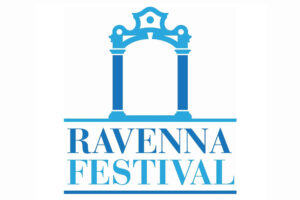Ravenna can boast the Italian record of being the only canal-port 11 kilometres long. Named Porto-Canale Corsini in honour of Pope Clement XII (born Lorenzo Corsini), It is a landmark achievement, thanks to the major hydraulic engineering works carried out at the behest of Cardinal Alberoni.
The port was inaugurated in 1748 together with the new dock. However, the history of this interesting infrastructure is much older.
Ravenna’s maritime and port tradition dates back to the first century B.C., when Augustus decided to locate one of the two imperial fleets there because of its strategic geographical position. The port continued to be active even after the crisis of the Empire in the third century A.D. and experienced new splendour in the Byzantine era, as the mosaics of the Basilica of Sant’Apollinare Nuovo testify.
The decline of the city led to the abandonment of the harbour, so that the rivers of the nearby coast filled the lagoons and it became necessary to create artificial canals to maintain connection with the sea. The last of these canals was opened in 1652 by Pope Innocent X and took his name Canale Candiano.
However, by the beginning of the eighteenth century, its condition was already very poor and, when the Ronco and Montone rivers were diverted in 1737, the canal was suppressed and work began on digging the present port in the Baiona area.
In the early 1800s, Cardinal Agostino Rivarola had the most tortuous section of the canal straightened out and a road built to the port.
Then, in 1860, Luigi Carlo Farini, who as dictator of the “provisional provinces” of Emilia and Romagna led Ravenna towards its annexation to the Kingdom of Savoy (later becoming Prime Minister of the Kingdom of Italy), promoted further work to excavate and enlarge the dock. This was a turning point that allowed the docking of larger ships, the development of the first settlements, with commercial and industrial activities and recognition as a national port.
Considerable work was carried out from 1860 to 1905 and improvements were made between 1905 and 1930.
The evolution of the Port of Ravenna as a major port of international importance only took place after the Second World War, when a petrochemical industry was established on the banks of the Candiano Canal, following the discovery of vast deposits of methane in the waters in front of the city in 1957. Finally, with the oil crisis of the 1970s, the commercial attributes of the port were emphasised.
Currently, the port handles over 26 million tonnes of goods per year, figures that make the port of Ravenna one of the nerve centres of the regional and national economy, in first place for agri-foodstuffs.






